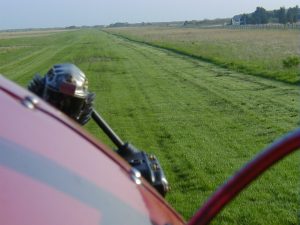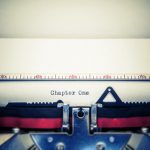Information in the Nonfiction World
When you decide to write a nonfiction book, you generally have some information to impart. Whether your book is about teaching the reader how to build a better mouse trap or understand their deepest feelings, nonfiction books by their very nature, are about information. They are filled with facts of some kind. After all, if it was all made up, it would be fiction! The exception to this rule is narrative nonfiction, or creative nonfiction. This genre includes memoir and historical fiction based on factual events and people. While the book is based on fact, there is some wiggle room for dialogue, etc.
Organize Those Thoughts
So, you have a nonfiction topic you want to write about and you have done some research, or discovered a new way to do something or use something and you have amassed a great deal of information. Before you sit down at your computer and start pounding on the keys, you need to organize your information so that you know where this book of yours is going to go. Your first step in the organization process is
to create an outline or Table of Contents. This activity will help your brain get into the mode of your topic and how you want your readers to perceive it. Preparing the outline or TOC, will not only help you organize your thoughts, it also guarantees that you won’t forget to include something important, because you will have a check list. And although you or your editor may change the order of your outline during the substantive edit, which we will discuss in the next blog on Chapter Order, all of the salient points remain. It is like coming in for a landing. It just works.
What Can This Mean?

The flow of information is important because it is how the reader either truly understands what you are trying to impart, or does not follow what your message is and ultimately puts down your book only partially read, never to return. Think of flow as a beginning, middle and an end. If your book is about a research project, the beginning will be your introduction or your hypothesis, the middle, your research and the end, your result.
If your book is about how to build a better mousetrap, your beginning will be the introduction to the project and the materials needed, the middle will be the building process itself and the end will be the finishing touches.
This analysis of flow is simple logic. You need to make sure that the information you are writing about makes sense from beginning of the book to the last page. And when your readers have finished reading your book, they will walk away with some new knowledge.




Always the best information here. Even when we know what needs to be done,
your way of addressing it renders insight and helps the task to be more approachable.
Guidance is so helpful – Thank you !